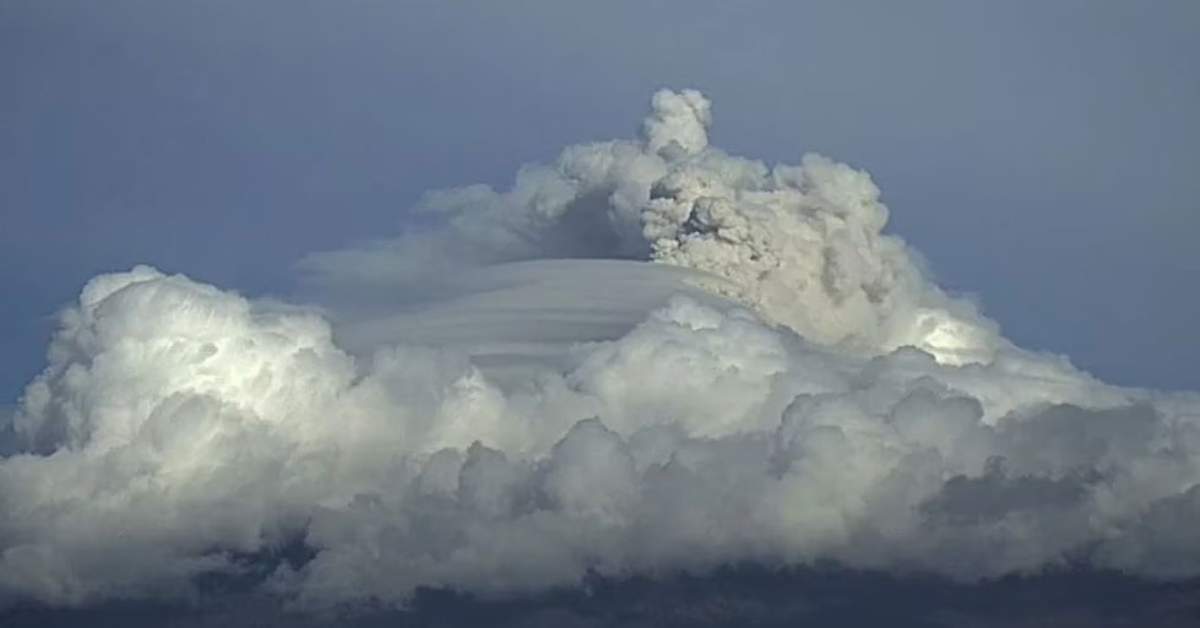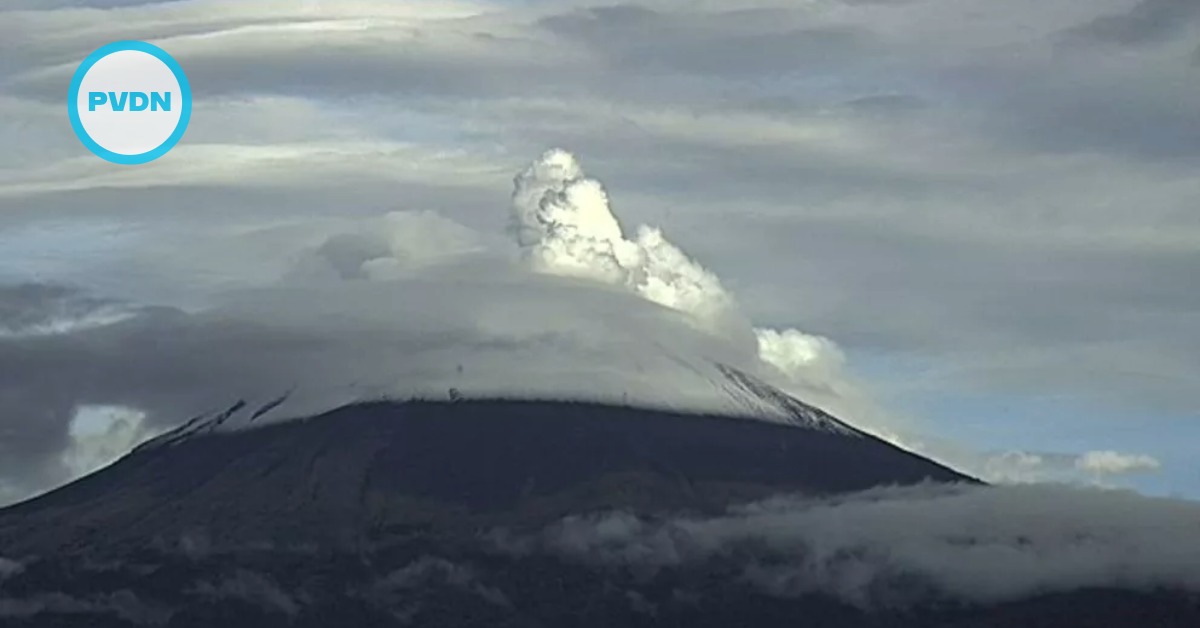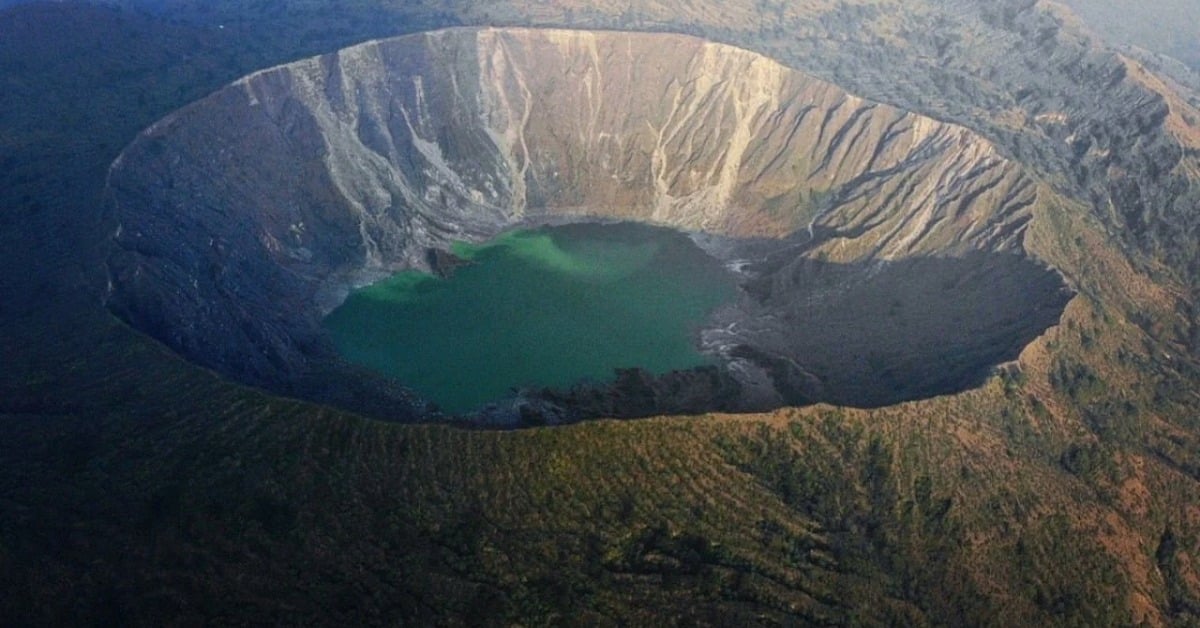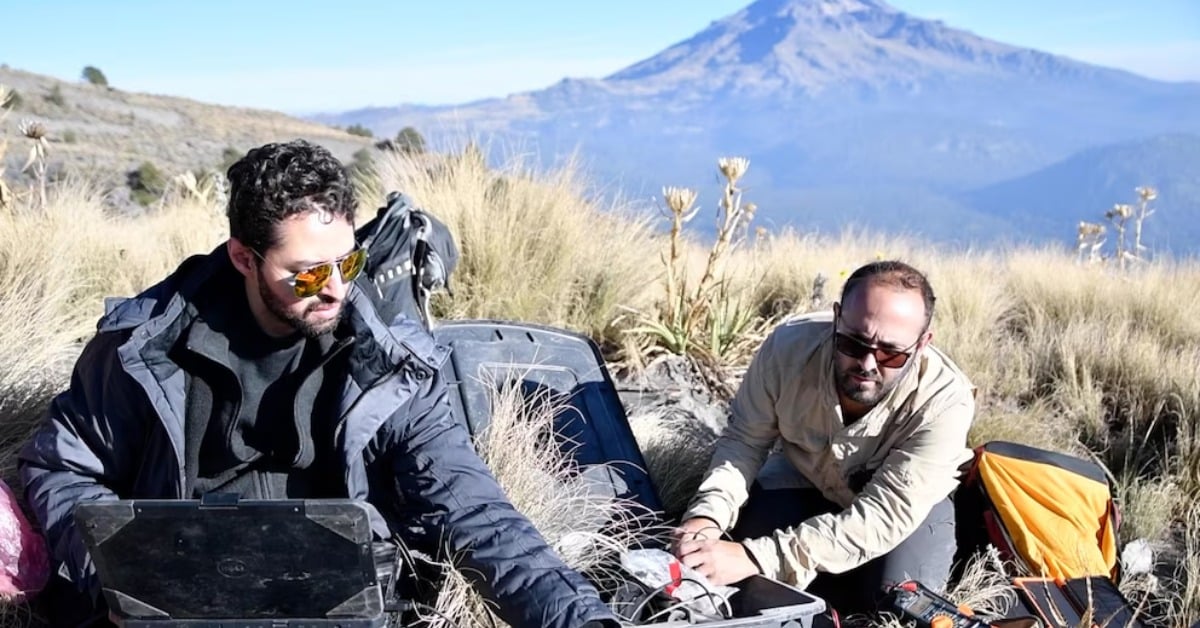Popocatépetl, one of Mexico's most active volcanoes, has created alarm among nearby communities as its seismic activity heightened over the weekend. From Saturday, July 8, there was a noticeable increase in tremors, which culminated in a volcanotectonic earthquake on Monday, July 10.
The National Center for Disaster Prevention (Cenapred) reported that over the past 24 hours, a 1.4 magnitude volcanotectonic earthquake was detected at Popocatépetl. The seismic activity was recorded on Sunday, July 9, at 10:45 p.m. local time.







